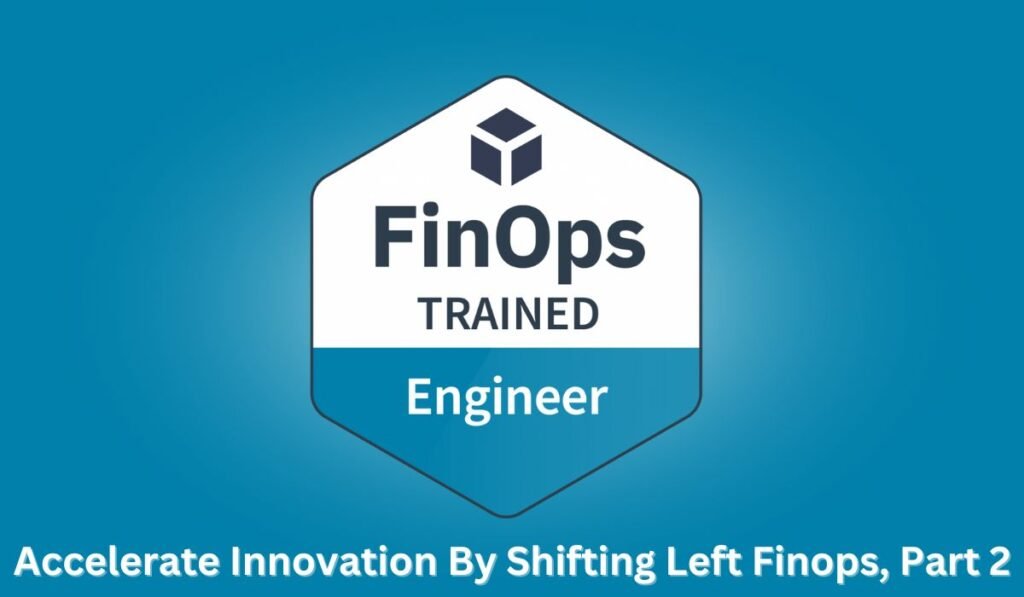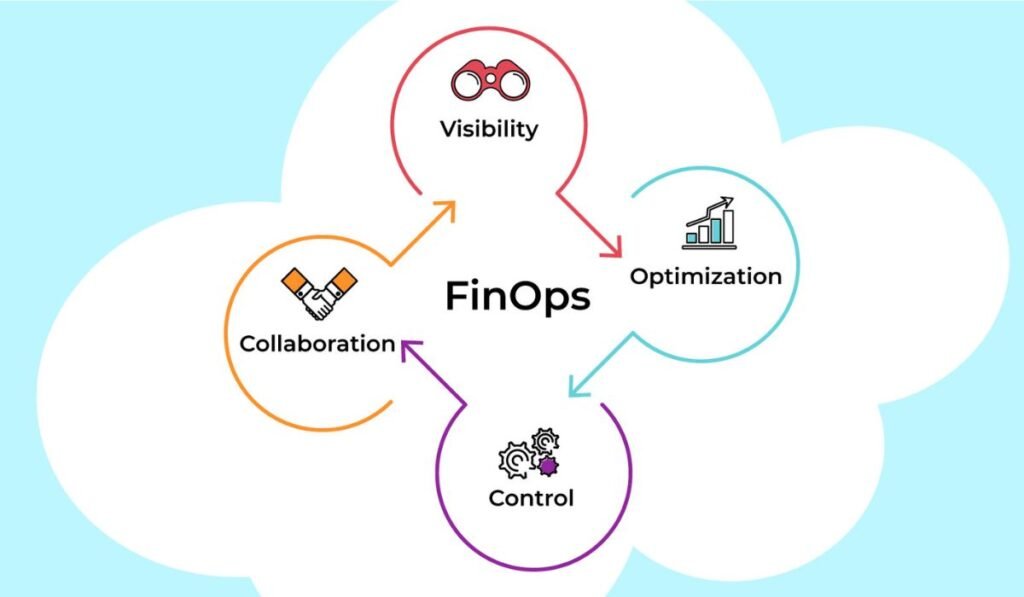
Introduction
In today’s rapidly evolving digital landscape, innovation is the cornerstone of maintaining a competitive edge. As organizations strive to enhance their operations and deliver superior value to customers, the concept of Shifting Left in Financial Operations (FinOps) has emerged as a critical strategy. Accelerate Innovation By Shifting Left Finops, Part 2 emphasizes proactive financial management by integrating financial considerations early in the development and operational processes. This approach not only accelerates innovation but also optimizes costs and enhances decision-making capabilities. In this article, we will delve into the strategies and benefits of Shifting Left in FinOps, exploring how it can drive innovation and foster sustainable growth.
Understanding the Concept of Shifting Left in FinOps
The Traditional Approach vs. Shifting Left
Traditionally, financial management has been a reactive process, with cost considerations coming into play only after a product or service has been developed and launched. This approach often leads to budget overruns, inefficiencies, and delayed decision-making. In contrast, Shifting Left in FinOps involves incorporating financial insights and cost management practices early in the product development lifecycle. By doing so, organizations can identify potential financial challenges, optimize resource allocation, and make informed decisions that align with their strategic objectives.
The Role of FinOps in Innovation
FinOps plays a pivotal role in driving innovation by providing a framework for organizations to manage their financial resources effectively. By integrating FinOps principles early in the development process, companies can ensure that their innovations are not only technologically advanced but also financially viable. This alignment between financial management and innovation is crucial for maintaining a competitive edge in today’s fast-paced business environment.
Strategies for Implementing: Accelerate Innovation By Shifting Left Finops, Part 2
1. Early Integration of Financial Planning
One of the key strategies for Accelerate Innovation By Shifting Left Finops, Part 2 is the early integration of financial planning into the product development process. This involves collaborating closely with financial teams from the outset to establish budgets, forecast costs, and identify potential financial risks. By doing so, organizations can avoid costly surprises later in the development process and ensure that their innovations are financially sustainable.
2. Leveraging Automation and AI for Financial Forecasting
Automation and artificial intelligence (AI) are powerful tools that can enhance the effectiveness of Shifting Left in FinOps. By leveraging these technologies, organizations can automate routine financial tasks, such as cost tracking and forecasting, freeing up financial teams to focus on more strategic activities. AI-driven analytics can also provide real-time insights into financial performance, enabling organizations to make data-driven decisions that support innovation.
3. Collaborative Cross-Functional Teams
Successful implementation of Shifting Left in FinOps requires collaboration between cross-functional teams, including finance, development, and operations. By working together from the beginning, these teams can ensure that financial considerations are integrated into every stage of the development process. This collaborative approach fosters a culture of financial accountability and enables organizations to innovate more effectively.
4. Continuous Monitoring and Optimization
Shifting Left in FinOps is not a one-time effort but an ongoing process that requires continuous monitoring and optimization. Organizations should regularly review their financial performance and adjust their strategies as needed to ensure that they are aligned with their innovation goals. This continuous improvement mindset is essential for maintaining a competitive edge in the rapidly changing business landscape.
Benefits of Shifting Left in FinOps

1. Accelerated Time-to-Market
One of the most significant benefits of Accelerate Innovation By Shifting Left Finops, Part 2 is the acceleration of time-to-market for new products and services. By integrating financial management early in the development process, organizations can identify potential roadblocks and address them before they become critical issues. This proactive approach reduces delays and ensures that innovations reach the market faster.
2. Cost Optimization
Cost optimization is another key benefit of Shifting Left in FinOps. By identifying and addressing financial challenges early, organizations can optimize their resource allocation and reduce unnecessary expenses. This not only improves the profitability of innovations but also enables organizations to invest more in research and development, further driving innovation.
3. Enhanced Decision-Making
Shifting Left in FinOps empowers organizations with the financial insights needed to make informed decisions. By integrating financial data into the development process, organizations can evaluate the financial impact of different strategies and choose the one that offers the best balance between innovation and cost-efficiency. This data-driven decision-making process is crucial for achieving long-term success.
4. Improved Financial Accountability
Accelerate Innovation By Shifting Left Finops, Part 2 promotes a culture of financial accountability within organizations. By involving financial teams early in the development process, organizations can ensure that all stakeholders are aware of the financial implications of their decisions. This fosters a sense of responsibility and encourages teams to prioritize financial sustainability alongside innovation.
Challenges and Considerations
1. Organizational Resistance
One of the primary challenges in implementing Shifting Left Finops is organizational resistance. Shifting from a traditional, reactive financial management approach to a proactive one requires a cultural shift that may be met with resistance from employees accustomed to the old way of doing things. To overcome this challenge, organizations must invest in change management initiatives, including training and communication strategies that emphasize the benefits of Shifting Left.
2. Integration with Existing Processes
Integrating FinOps principles into existing development and operational processes can be complex, particularly in organizations with established workflows. To ensure a smooth transition, organizations should start by piloting Shifting Left initiatives in smaller, less critical projects before scaling up to larger ones. This approach allows organizations to identify and address any integration challenges before they become significant issues.
3. Ensuring Data Accuracy
Accurate financial data is essential for the success of Shifting Left in FinOps. Without reliable data, organizations cannot make informed decisions or accurately forecast costs. To ensure data accuracy, organizations should invest in robust data management systems and implement regular data validation processes.
Conclusion
Accelerate Innovation By Shifting Left Finops, Part 2 is a powerful strategy for accelerating innovation, optimizing costs, and enhancing decision-making capabilities. By integrating financial considerations early in the development process, organizations can ensure that their innovations are both technologically advanced and financially sustainable. While there are challenges associated with implementing Shifting Left in FinOps, the benefits far outweigh the difficulties. By adopting this approach, organizations can maintain a competitive edge in today’s fast-paced business environment.
Also Read More:
Maxxfour.com – A Ultimate Guide to Technology, Information, and More

